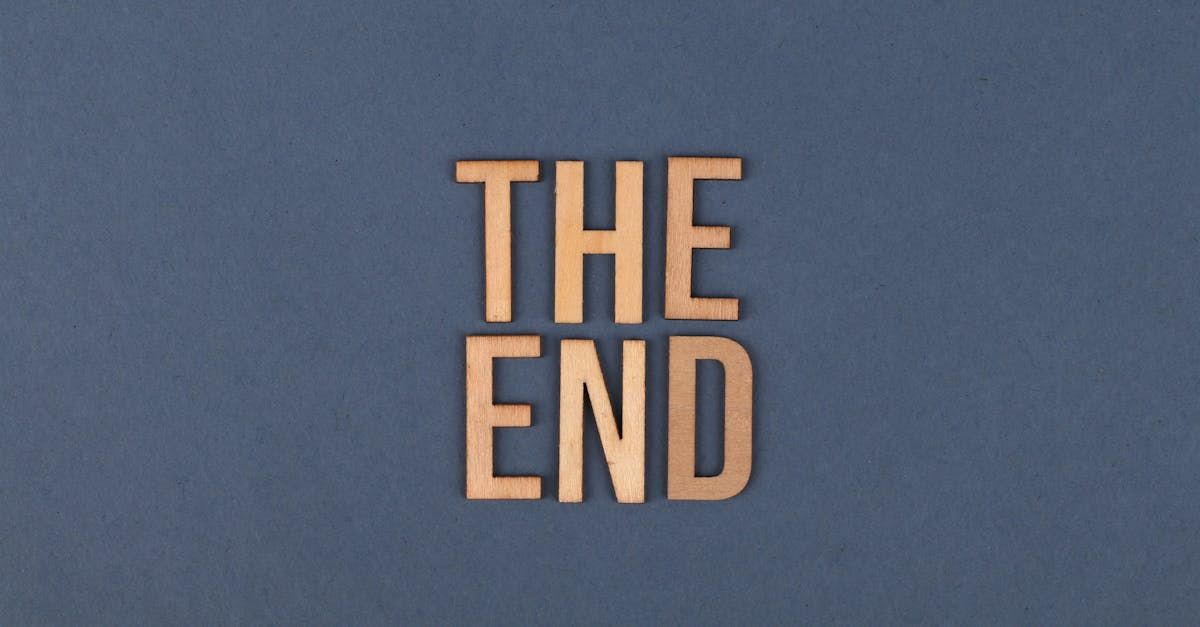Storytelling in Blog Posts: Transform Content From Bland to Brilliant

You're sitting at your laptop, about to write a blog post.
Doubt besieges you. You're wondering how your tiny article can swim in a saturated sea of content. What can you say that others haven't said before?
Your hand hovers over the mouse to close down the document.
Then you remember some fact you heard that each fiction book falls into one of seven basic story plots. It implies every famous and successful author has created a version of a story already told.
Yet the novels hold their own. How do they make their stories stand out?
It's how they tell their story. Their take on a plot and the words they weave make this new incarnation uniquely theirs.
Could you bring some of the magic of storytelling to your blog post? Perhaps storytelling could transform your content from bland to something closer to brilliant.
With hope rekindled, you begin to type.

Our Love for Stories
Storytelling is in our psyche. You can imagine a hunter-gatherer sitting around the campfire, telling his tribe about his close encounter with a hungry lion that day. Not only does it provide an entertaining story, but it also offers valuable information to help others avoid the area where the lion was roaming.
Some captivating stories survive by getting passed down from generation to generation. Some stories may simply be telling our partner about an incident from earlier in the day. Our love for stories is unquenchable. We could no sooner stop the world from turning than we could stop ourselves from sharing stories.
So why would you not share stories in your content?
Need more convincing? Here's how else storytelling can elevate your blog content.
Reader Engagement
We tend to get easily bored when reading online content. If we lose interest, we move on fast.
Storytelling helps you bring originality into your writing. Your content might include a similar message to numerous other articles. But if you can build a story around it to capture the reader's interest, you stand a better chance of them staying to see what happens.
Emotional Connection
If your story connects on an emotional level, then you’re in. It could be joy, sadness, fear or excitement, but emotion humanises a story.
Suppose you're writing an article about confidence. You aim to explain why having confidence in yourself matters and suggest how your readers might build their confidence.
You could reel off the most expert information like a textbook, but that might not be enough. The reader wants to feel like the author understands what it's like to lack confidence. Without demonstrating any empathy, why should the reader believe this advice holds the answer to their problem?
But what if you shared your personal experience with low confidence? You could share your story about being in the same job for years and how you dreaded Mondays. You were desperate for change but lacked the belief in your ability to do something different.
You could share tips that helped give you the confidence to sign up for an online course. You show how passing the course gave you the self-belief to apply for a new role.
Now you're relatable. Your reader sees your vulnerability. They know you get it. They can see how you faced a similar challenge and how you overcame it. It makes your advice appear more credible.

Adding Personality
Human writers still have one overriding advantage over artificial intelligence. That is our personality and individuality. Storytelling allows you to share content that is distinctively yours.
Let your voice or that of the brand you write for shine through. Putting out more generic content might feel safer for appealing to a broad audience. But a watered-down approach can leave you with weaker writing. Yes, not everyone will connect with your writing style, but we don't click with everybody we meet, either.
How much of your personality you share will depend on your target reader. In a professional situation, you might not share the same way as you would with your friends at the pub on a Friday night. When you know your audience, you adapt your content appropriately.
Making Your Content Memorable
When you bake information into a story, your reader is more likely to remember than if you reel off a list of facts and figures.
Remember Richard of York gave battle in vain? Sure, it's not quite a story, but this simple sentence helped many of us remember the colours of the rainbow when we were in primary school.
If you write about car maintenance, sharing a story about a customer's experience can have more impact. Depict how a customer arrived late to his brother's wedding, covered in oil and several hundred pounds poorer. It makes more of an impression than simply telling your reader to check their car's oil and water levels before a long journey.
Entertainment
We’re all busy and are fiercely protective of our precious time. Readers won't hang around if your content doesn't inform, interest or entertain.
Stories can make a mundane topic more entertaining. Include a humorous incident or a story that keeps your reader guessing until the end. An entertaining story is a shareable story that will reach a wider audience.
Inspiring
Motivation is the spark to try something new or make changes. Stories can become that spark.
The story could be about yourself, like the confidence one earlier. It could be about someone who’s inspired you, like a public figure who built a business empire from humble beginnings.
Stories conveying hope and potential can encourage your readers to take action themselves.

Components for Effective Storytelling
If you've never used storytelling in your blog posts before, there are fundamental components your story needs:
A Hook
You’ve only seconds to grab the reader’s attention before they click elsewhere, so starting your piece with a story can pique their interest.
It could be an anecdote. It could be an enigmatic statement that sets the scene for your story. Something like "Why I no longer worry what people think" reveals enough to make the reader curious.
You could put the reader in the centre of an imaginary but relatable scenario like the one I used at the start of this piece.
You can incorporate a story at any stage in your content, but always start it with the hook. Also known as rising action, this is the foundation to build your story and create tension and interest.
Conflict
Your story should introduce an obstacle or pain point experienced by the protagonist in your story.
The obstacle in my opening story focused on a discouraged writer who felt they had no original content to contribute. I highlighted how their thoughts became a barrier to continuing.
A Resolution
Conclude your story by explaining what happened. How did your protagonist overcome the obstacle? What did they learn?
In my opening story, the writer remembers how stories fall into a limited number of basic plots. Authors have continued to keep these plots interesting by creating stories with a unique angle and writing style. The writer realises they can do the same in their writing. They are inspired to try storytelling in their blog content.
A hook, conflict and resolution will establish the narrative arc of your story, but what other storytelling elements should you consider?
Relevance
The story you tell has to be relevant to the theme of your post. You may have a hilarious story about the time you tripped on a step in a theatre foyer and knocked a crowd of people down like they were dominoes. But if it doesn’t relate to your post about no-dig gardening, you’ll only leave your readers more confused than curious.
Seemingly abstract topics can work as a hook if you can find a way to link them. You might see content like "What a banana taught me about procrastination" or "What an egg and a typewriter have in common". But there needs to be a plausible way to join the dots together.
Remember your story should also resonate with your target audience. Keep in mind the purpose of your story. What do you want your reader to take away from it?
Paint a Picture
Descriptions create an atmosphere. They can mirror the emotions of the central character. Describing a scene in sensory detail helps the reader to conjure a vivid picture in their imagination.
If your story occurs in spring, you could describe the daffodils lifting their heads to bask in the first few rays of warm sunshine. You don't need to be the next William Wordsworth. Start with practising a few descriptions. Experiment to see what works.
Descriptive language adds richness to your writing, but keep it in balance. Your blog post doesn’t have the luxury of someone like J.R.R. Tolkien, who had pages to describe The Shire in minute detail.
Show Don’t Tell
You could tell the reader that it was a hot day. Job done. But if you showed the reader by detailing the feel of the damp t-shirt sticking to your back, it adds imagery (albeit a pretty sticky and unpleasant one).
The Moral of This Story
Your blog doesn't have to be a bland, recycled piece that gets lost in a sea of similar content.
Storytelling can help you write from a different angle, with originality. Stories can draw your reader in. They enable you to connect with the reader and display some personality. Your stories can make your content memorable. They can entertain and inspire.
What's more, it makes your writing process fun. It takes practice and experimentation. Don't put pressure on yourself. You don't need to be the next literary genius. Just enjoy it.
Do you still feel daunted about writing content for your blog? Perhaps you wouldn't mind giving it a go, but other priorities demand your attention.
This is where I come in.
I’m a freelance writer, helping businesses with their blog content to free up their time. Perhaps I can help you too.










